Board layout
Interestingly, the GeForce RTX 2060 Super relies on the same 10-layer board with the internal model designation PG160, as the GeForce RTX 2070 and the smaller sister RTX 2060. Since the TU106-410 is similar to the TU106-400 in the circuit, this is of course possible without any problems. In contrast to the GeForce RTX 2060, you just put two memory modules on it and make the eight full again. Well so-
However, the cheaper PG161 layout with only 6 layers will not be suitable for this card, which should also have an impact on the board partner prices. But whether 10- or 6-layer design, all proprietary designs of the manufacturers must again be based on Nvidia's "Base Design Kit", which is binding for the AIC.
We see six simple voltage converter phases for GPU power supply, as well as two more for memory. For the GPU, you rely on an uP9512R, which could generate up to 8 phases, but generates only 6 here. The memory is provided by a small uP1666, which only needs to deliver two phases. Both PWM controllers are from UPI and are good average goods.
For the six GPU phases, one asymmetric dual-N-channel MOSFET FDPC5018SG from On Semiconductor is used for each phase, which realizes high- and low-side. However, as with the RTX 2060 without Super, the voltage regulation of the memory relies on two NCP 302155 from the same manufacturer, i.e. cheaper dual MOSFETS for the high- and low-side, which also have an integrated driver. Interesting, however, is the relatively new uP7561Q, a Two Channel Power Input Management IC for monitoring on the back.
Also interesting is the microprocessor positioned below the power supply connections in the form of an ARM Cortex M0 32-bit RISC processoer (with up to 48 MHz clock), which can also be addressed via I2C. The whole thing is smoothed for the GPU with the usual 220 mH coils, with memory it is even one with 470 mH. As always, they are encapsulated and encapsulated ferrite core coils, but from a different manufacturer than usual. The fact that the card has a single BIOS is no secret and I couldn't see any other subtleties in the pictures. Which I would be able to get through with.
The memory is the usual 8GB GDDR6 SGRAM modules (2 channels x 256 Meg x 16 I/O, 2 channels x 512 Meg x 8 I/O) from Micron, which have a bandwidth of 14Gb/s. Since a total of eight modules are installed, the memory expansion of 8 GB is also available.
The following table contains the most important components:
Zotac Gaming GeForce RTX 2060 SUPER AMP Extreme, 8GB GDDR6, HDMI, 3x DP (ZT-T20610B-10P)
Cooler
In the cooler, Nvidia has come up with something different this time, at least as far as the construction is concerned, because the nasty glue is history, thank God. However, screwing on is still a bit tricky. Nvidia relies on M1.6 six-edge heads, while the larger cards rely on the usual M2.0. You have to have such small sockets first. But a well-stocked household is not powerless there either.
The top cover carries the two fans of AVC and it is the usual 7.5 watt models with a maximum of 3700 rpm. Since I also own such modules individually, I have a consumption of approx. 4 watts per airer module on an external controller. Fits and matches my previously determined values
Underneath sits the actual cooler with a massive copper heatsink for the GPU and the lamella cooler. The three flat heatpipes are connected to the heatsink and distribute the waste heat over the radiator floor, which works quite well in practice.
On the board sits a massive mounting and cooling frame that cools all active components except the GPU that need to be cooled. The blue pads above the memory mode connect this frame thermally to the radiator frame (picture above)
The side lying on the board does not save on pads and so every small thermally relevant Hinz and Kunz is thermally integrated here, the big items such as voltage converters and memory anyway.
The backplate absorbs the waste heat of a few active components, but is not really a great help from a cool point of view. But that is enough.
| Cooling system at a glance | |
|---|---|
| Type of cooler: | Air |
| Heatsink: | Copper |
| Cooling fins: | Aluminum, vertical alignment related |
| Heatpipes | 3x Copper composite, flattened |
| VRM cooling: | About mounting frame |
| RAM cooling | About mounting frame |
| Fan: | 2x 8.7 cm fan, 2x 9 cm openings No fan stop |
| Backplate | Aluminum Active cooling function |
- 1 - Einführung und Übersicht
- 2 - Tear Down: Platine und Kühler
- 3 - The Division 2
- 4 - F1 2019
- 5 - Far Cry 5
- 6 - GTA V
- 7 - Metro Exodus
- 8 - Shadow of the Tomb Raider
- 9 - Total War: Three Kingdoms
- 10 - World War Z
- 11 - Leistungsaufnahme im Detail
- 12 - Temperatur, Takt, Infrarot
- 13 - Lüfter und Lautstärke
- 14 - Zusammenfassung















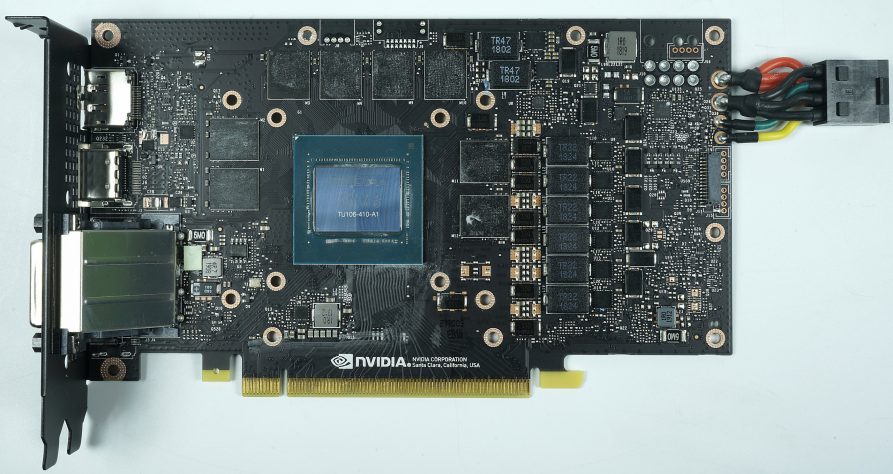
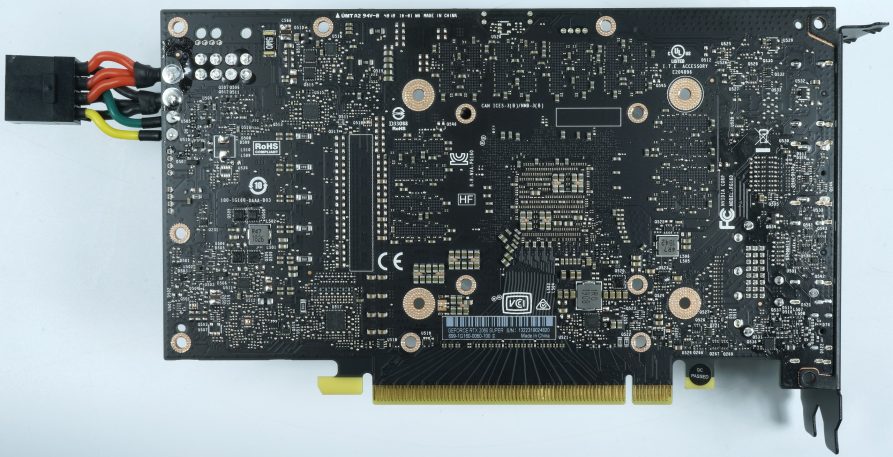
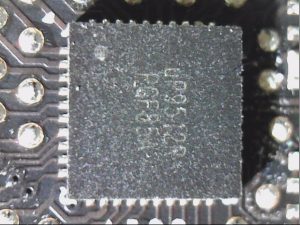
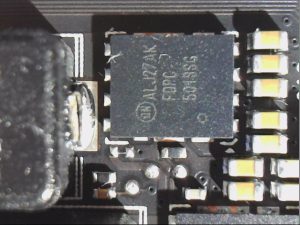
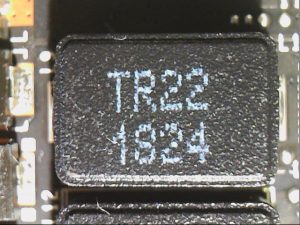
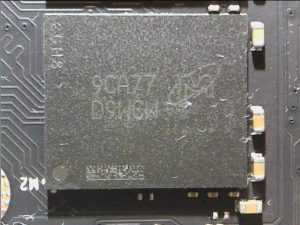
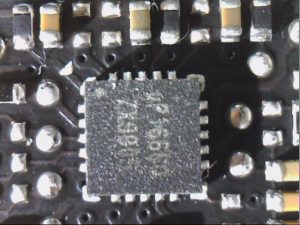
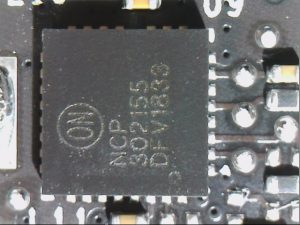
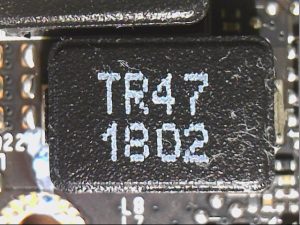
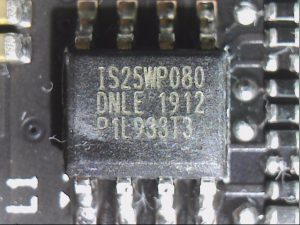
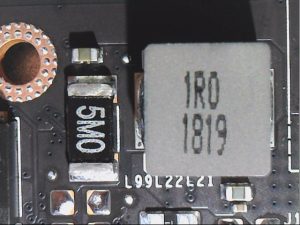
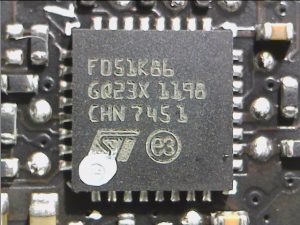

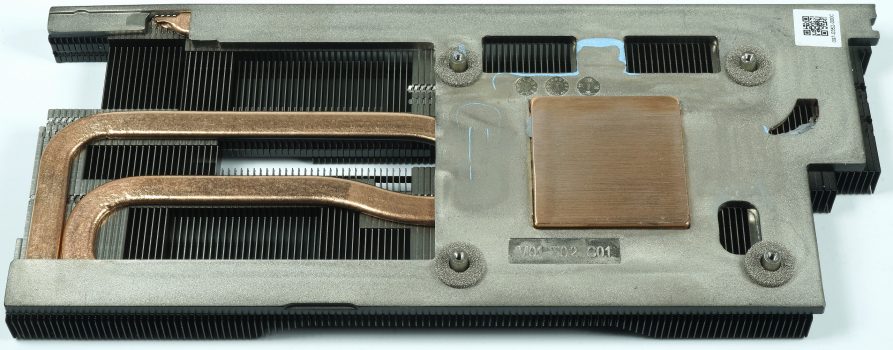
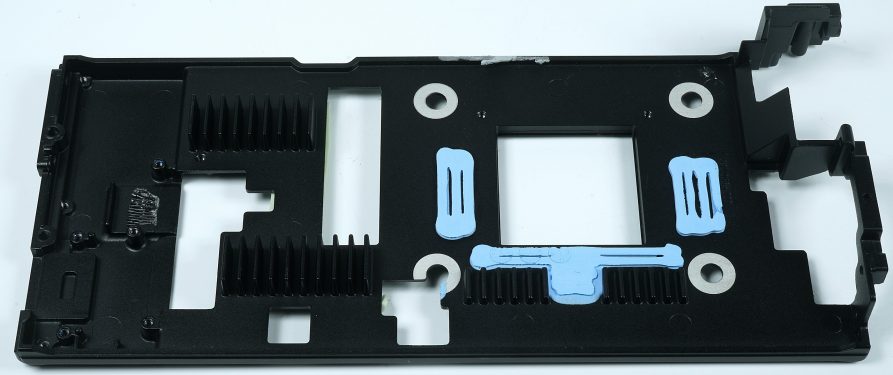
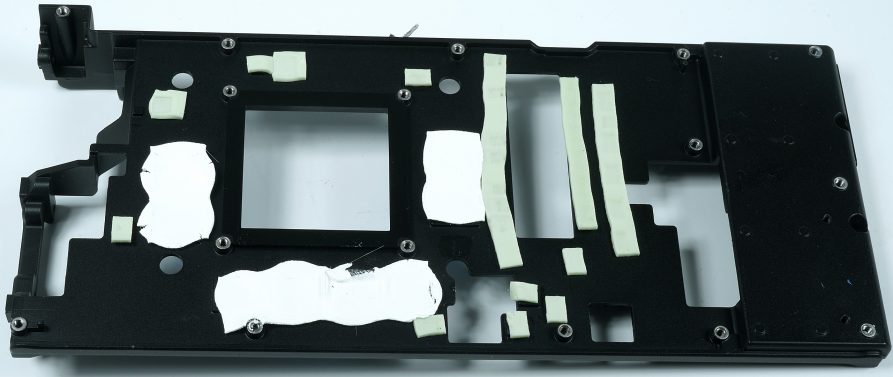
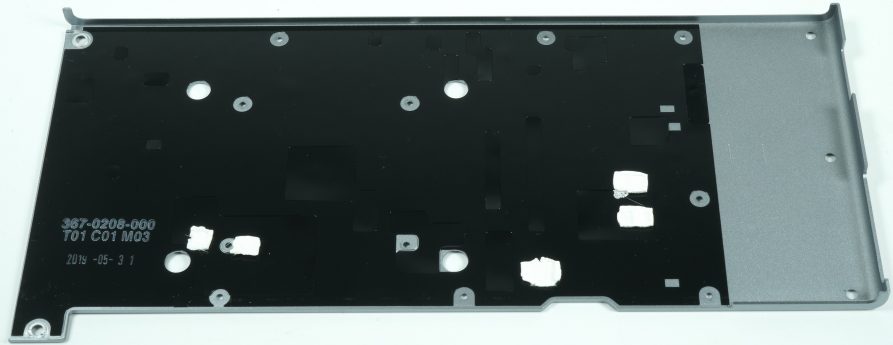


















Kommentieren